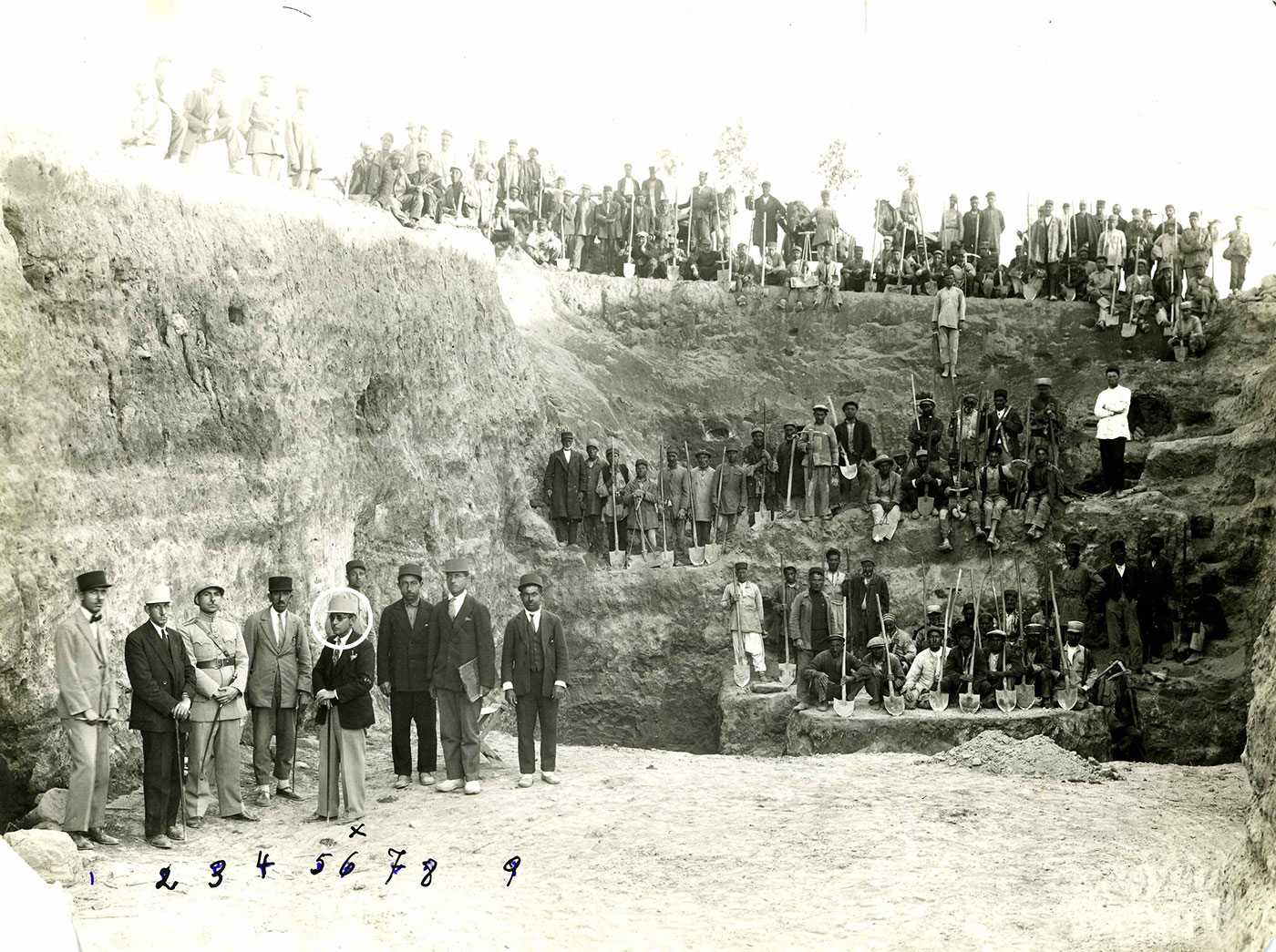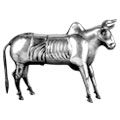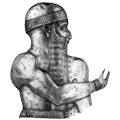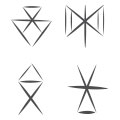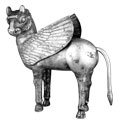Houshang Mahboubian
Early life and education
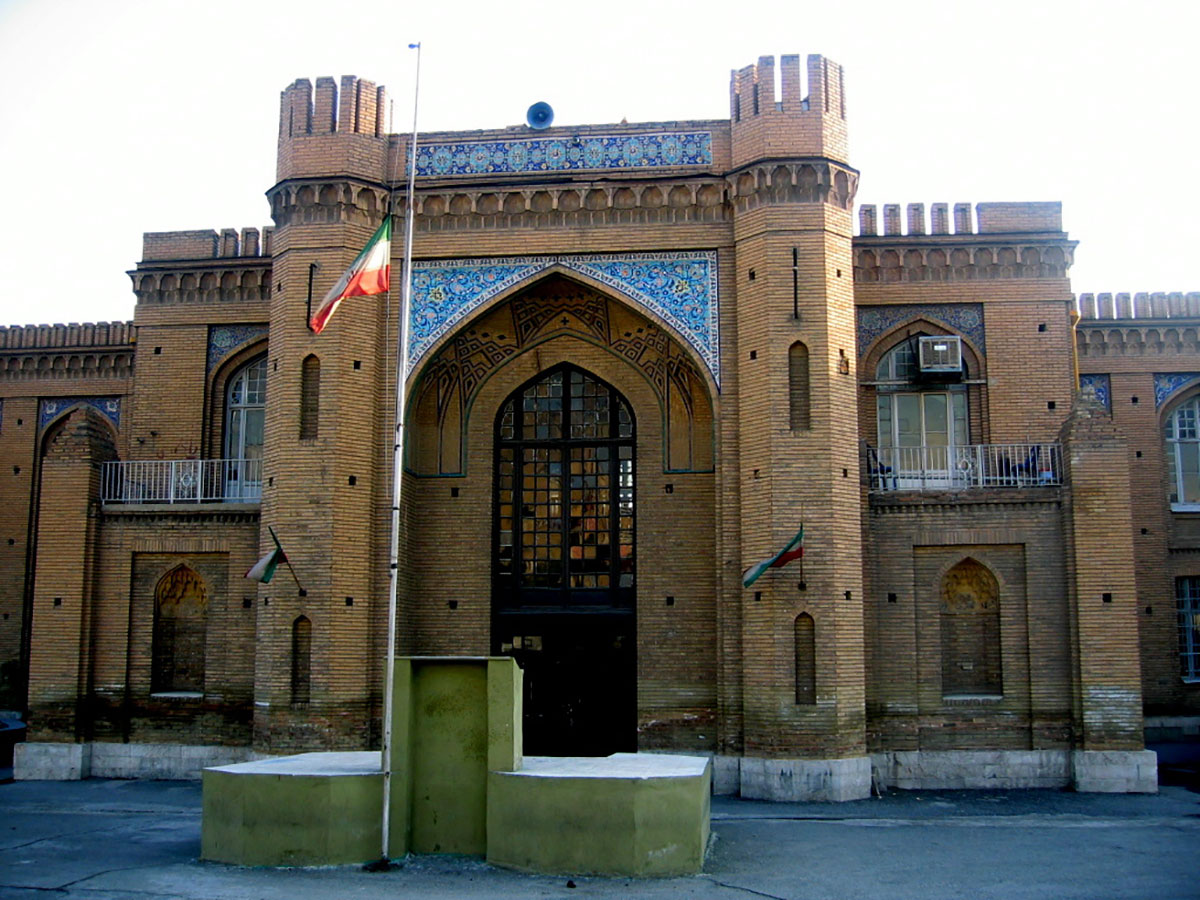 Houshang Mahboubian was born in Tehran, Iran, into an art-loving family. During his childhood he spent most of his summer holidays with his father at archaeological excavation sites, during which time his love for the history and art of ancient Iran began to flourish. He graduated from Alborz High School in Tehran in 1944 and obtained a business diploma from Alborz College in 1945 before going on to study Law at Tehran University. Thereafter Houshang spent his time studying and extensively researching the art of ancient Iran.
Houshang Mahboubian was born in Tehran, Iran, into an art-loving family. During his childhood he spent most of his summer holidays with his father at archaeological excavation sites, during which time his love for the history and art of ancient Iran began to flourish. He graduated from Alborz High School in Tehran in 1944 and obtained a business diploma from Alborz College in 1945 before going on to study Law at Tehran University. Thereafter Houshang spent his time studying and extensively researching the art of ancient Iran.
Dr Benjamin Mahboubian and his excavations
Houshang has always had very fond memories of his father, Dr Benjamin Mahboubian. In his book entitled The Treasures of the Mountains, Houshang wrote: “Dr Benjamin Abolghassem Mahboubian was born in the city of Hamadan, Iran, on 22nd September 1868. After having studied medicine, he started to practise in his native city. The famous city of Hamadan, which has had many names over the centuries, has a history of several thousand years. It was once the capital of the Median Empire and for a period it was the summer capital of the Achaemenids.”
Click Here to view the list of officials in the image above
http://mahboubiancollection.com/houshang-mahboubian#sigProId0af1488926
Some photographs of Dr. Mahboubian’s excavations in the Luristan and Azarbaijan areas, c. 1930s.
When Dr Mahboubian was about 30, the French scientific and cultural mission (‘La Mission Française a Sussa’) was involved in archaeological excavations in the south-western region of Iran - Hamadan and Sussa. Keen to learn more about the art of ancient Iran, Dr Mahboubian was able to work for the team as their doctor, thanks to his knowledge of the French language.
 From his youth, Dr Mahboubian loved Iran deeply and spent all his life researching its illustrious history. He knew that in the city of Hamadan and in the foothills of the Zagros Mountains were buried the remains of a great civilisation. Working with the French mission afforded him the opportunity to benefit from their knowledge and experience in scientific excavations. When in his early thirties, Dr Mahboubian decided to leave his medical practice and to engage in research into the history of Iranian art. He undertook to excavate anywhere in the country where there were chances of discovering remains of previous civilisations. He hoped, through his findings, to shed some light on the obscure areas of the history and art of Iran, particularly on the Achaemenid Empire.
From his youth, Dr Mahboubian loved Iran deeply and spent all his life researching its illustrious history. He knew that in the city of Hamadan and in the foothills of the Zagros Mountains were buried the remains of a great civilisation. Working with the French mission afforded him the opportunity to benefit from their knowledge and experience in scientific excavations. When in his early thirties, Dr Mahboubian decided to leave his medical practice and to engage in research into the history of Iranian art. He undertook to excavate anywhere in the country where there were chances of discovering remains of previous civilisations. He hoped, through his findings, to shed some light on the obscure areas of the history and art of Iran, particularly on the Achaemenid Empire.
 During his active life, which lasted three-quarters of a century, Dr Mahboubian carried out more than one hundred excavations in various regions of Iran. The discovery of most of the archaeological sites in Iran were all fully or partially due to the untiring efforts of this archaeologist who loved Iran so deeply. These sights included the historic hills of Salmas and Hasanlu, the area around Lake Urmieh, Harsin and Piravand in Loristan, Biznijird hill in Hamadan, Ziwiye in Kurdistan, various areas in Ray, Varamin, Semnan, Nishapur, Gorgan, Gonbad Qabus, Qazvin and Sagizabad in central Iran, as well as other sites at Amanlu, Rahmatabad and Amlash in the Caspian Sea area. Dr Mahboubian passed away on 23rd September, 1968 in Tehran, the day after his 100th birthday.
During his active life, which lasted three-quarters of a century, Dr Mahboubian carried out more than one hundred excavations in various regions of Iran. The discovery of most of the archaeological sites in Iran were all fully or partially due to the untiring efforts of this archaeologist who loved Iran so deeply. These sights included the historic hills of Salmas and Hasanlu, the area around Lake Urmieh, Harsin and Piravand in Loristan, Biznijird hill in Hamadan, Ziwiye in Kurdistan, various areas in Ray, Varamin, Semnan, Nishapur, Gorgan, Gonbad Qabus, Qazvin and Sagizabad in central Iran, as well as other sites at Amanlu, Rahmatabad and Amlash in the Caspian Sea area. Dr Mahboubian passed away on 23rd September, 1968 in Tehran, the day after his 100th birthday.

